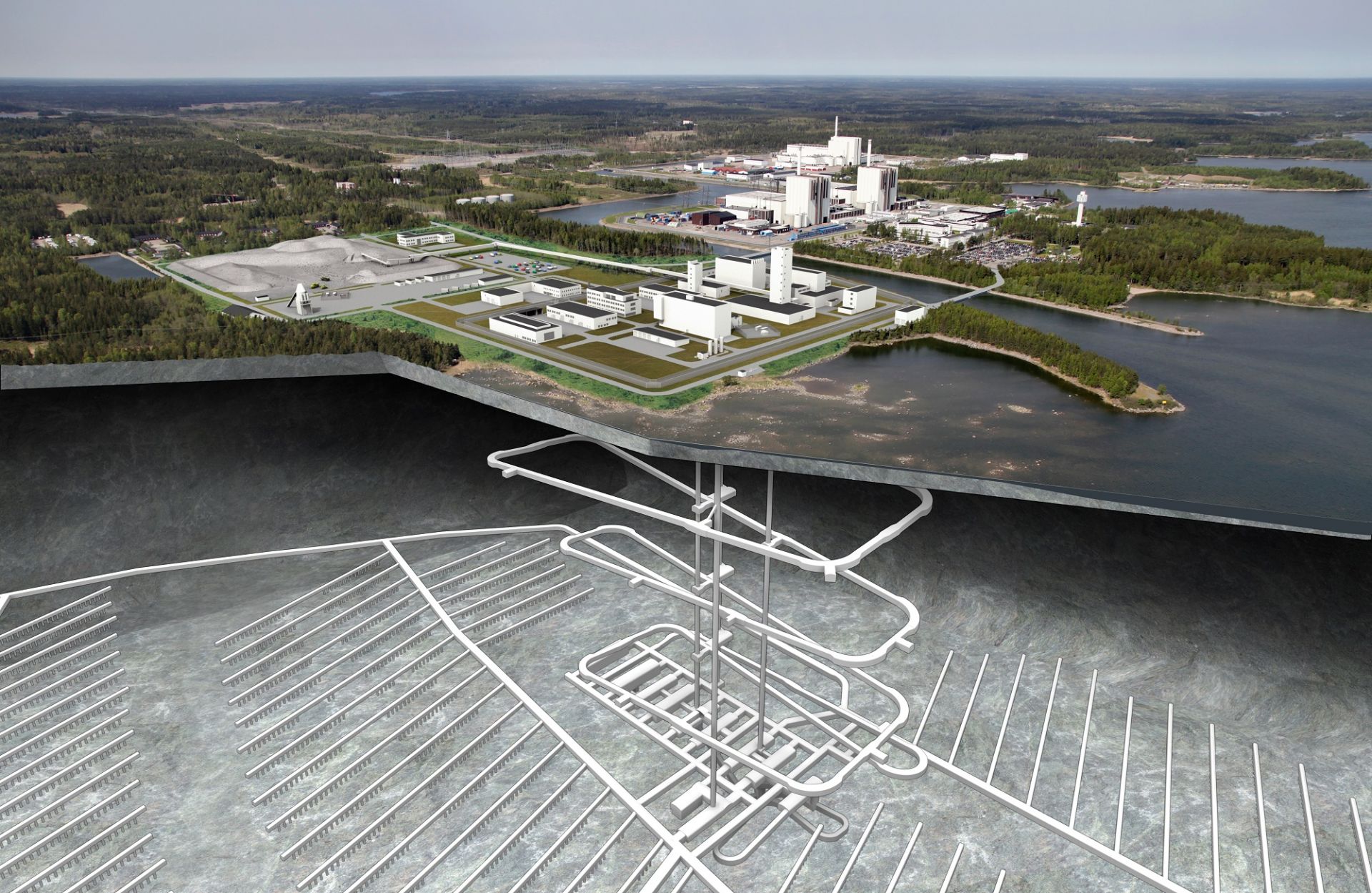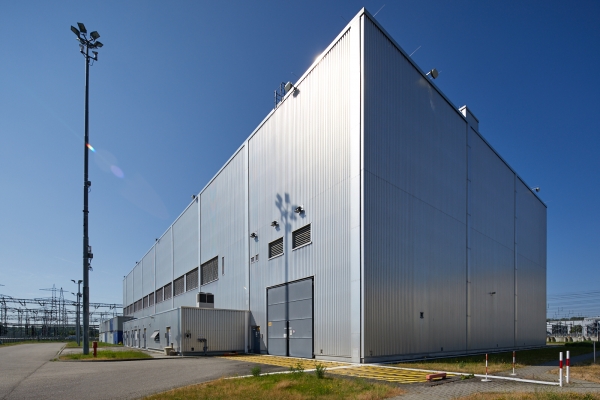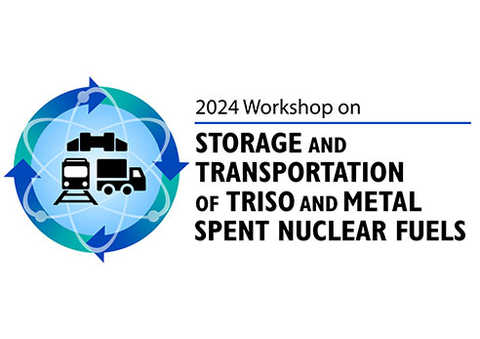The court judgment also includes an enforcement order that allows SKB to begin work at both sites even if the judgment is appealed. The company expects both facilities to be ready for commissioning in the mid-2030s.
Owned by Sweden’s nuclear power companies, SKB is tasked with finding a solution to radioactive waste from the country’s nuclear power plants. The disposal method selected by the company, called KBS-3, involves encapsulating spent fuel in copper canisters that will be surrounded by bentonite clay and placed about 500 meters (1,640 feet) underground in the mined Swedish bedrock. The repository is being designed to hold 12,000 tons of spent fuel.
Background: Suitable rock was found at Forsmark, and SKB selected it as the site for a spent fuel repository in June 2009. The company applied to Sweden’s Radiation Safety Authority and the Land and Environment Court in 2011 for permits to build the repository.
After being approved by the municipalities of Oskarshamn and Östhammar in 2018 and 2020, the Swedish government approved SKB’s application in January 2022. The environmental judgment by the Land and Environment Court, issued on October 24, sets out the conditions under which the repository and encapsulation plant are to be built and operated.
Next steps: According to SKB, work on the Forsmark repository site is set to begin in 2025, once the Uppsala County administrative board has approved a control program. Initial work at the site will include protective measures and preparatory activities. This involves tree felling, excavation work for the operational area, the construction of space to store rock, the construction of a bridge over the cooling water channel, the backfilling of the operational area, and nitrogen purification facilities.
According to Stefan Engdahl, chief executive officer of SKB, the necessary infrastructure above ground needs to be established before starting on earthworks and protective measures.
“SKB has proposed conditions that take into account nature and the surrounding area. We’re adapting to the nesting periods of birds, moving protected species so that they can continue to live at the site, and building bioreactors that remove nitrogen from process water,” he said.
Before SKB can start on the actual mining of the repository tunnels, an approved safety analysis report is required from the Swedish Radiation Safety Authority. Construction of the spent fuel repository in Forsmark will begin two years before the that of the encapsulation plant in Oskarshamn, as they have different construction times.






